When I was first hired by The Wendt Agency as a graphic designer, little did I know that I would be assisting the creative department in producing full broadcast TV spots for a wide array of clients – from concept to production. And though it’s been a while since my first time on set, it still blows me away that I have been a part of commercial productions for clients like Montana Lottery, Tire-Rama, and Sports Bet Montana. I am very proud to be a part of such a great accomplishment. And while I can’t say there haven’t been a few learning curves, I can say that I’ve learned a few trade secrets along the way. Here’s a quick, behind-the-scenes glimpse of what it really looks like to create and produce your favorite TV commercials.
PLANNING & STORYBOARDING
There are several stages that go into the planning, creation, and production of a TV commercial. The initial phase is thoroughly grasping the client’s objectives, target audience, product or service, budget, and overall goals for the advertisement. I begin brainstorming ideas, narrowing down the most promising ones, and start to develop them into concrete concepts. This involves outlining the storyline, messaging, visual aesthetics, and tone that align with the brand and resonate with the intended audience. From here I can begin the storyboarding phase. This phase takes the most time. Storyboarding involves translating each concept into a script with dialogues, scenes, and key visuals. Storyboarding helps visualize the sequence of shots, framing, and overall flow of the commercial.

PRE-PRODUCTION
To give the client options, we like to present at least two to three storyboard concepts and sometimes up to five creative directions to choose from. Once the client has chosen their favorite concept, we then move into the pre-production stage. This involves planning and organizing all elements needed for the shoot, including casting actors, scouting locations, arranging props, and planning the technical aspects of the shoot.
PRODUCTION
Once we nail down all the details and logistics, we are ready for production! The director, producer, camera crew, actors, and other professionals work together to bring the script and storyboard to life. I can take up to two days of shooting just for a 30-second commercial.
WORKING ON SET
It’s really cool to see all the hard work and hours put into the pre-production process come together in real-time. The very first set I was on for a Sports Bet Montana TV spot had four lead role actors plus 25-30 extras. As I was seeing each scene filmed, script lines being read, and the entire crew making it all happen, I couldn’t help but feel major goosebumps seeing the ideas from my own imagination, translated to storyboards all come to life right before my eyes. It was all very cerebral! The entire process from start to finish, is what really drives me as a creative. I love seeing something that once began as the spark of idea, become absolute.
PRODUCTION CHALLENGES
The main challenge I have faced is making sure each shot/sequence being filmed captures the overall vision and message that needs to be conveyed. It’s easy to get caught up in the variables of each specific shot, or the nuances of the lines being spoken by the actor and forget the overall message or feeling I am trying to achieve in the end. An actor might improvise something that is hilarious or adds something that is unplanned. However, I need to remember the overall encompassing message of the entire commercial to be sure I am capturing the specifics that are needed to ensure the end product follows the ideas and goals initially presented to the client.
POST PRODUCTION
Once we have all the filmed footage, it’s time for post-production. This is where the magic happens! Editing and assembling the filmed footage, adding special effects, graphics, music, and voiceovers, and fine-tuning the visual and audio elements to create a polished final product. It’s amazing to see everything come together at this stage. Once we are confident with the produced TV spot, we are ready to present the commercial to the client for their feedback and make any necessary revisions based on their input and suggestions.












